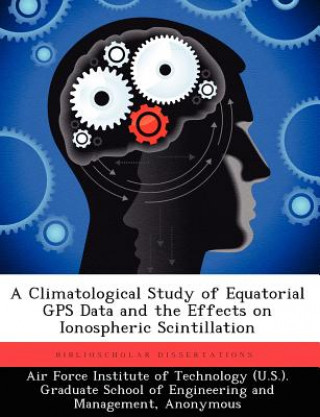
Kézbesítés
Vásárlási tanácsadó





Nem vált be? Semmi gond! Nálunk 30 napon belül visszaküldheti
 Ajándékutalvány
bármilyen értékben
Ajándékutalvány
bármilyen értékben
Ajándékutalvánnyal nem nyúlhat mellé. A megajándékozott az ajándékutalványért bármit választhat kínálatunkból.
Climatological Study of Equatorial GPS Data and the Effects on Ionospheric Scintillation
 Angol
Angol
 165 b
165 b
30 nap a termék visszaküldésére
Ezt is ajánljuk


Ionospheric scintillation is detrimental to radio signals, especially those from the global positioning system. Such scintillation is caused when a signal permeates the ionosphere through plasma bubbles. The signal's phase and amplitude can be altered, and a receiver on the ground can lose lock on the GPS signal. Measured using a zero to one index known as S4, scintillation severity is based upon season, solar cycle, time of day, location and frequency. The most severe scintillation occurs at the equatorial anomaly, or fifteen degrees north and south of the equator. Seven years of data from fifteen different locations around the equator were used in a Matlab program to determine if the current trends still apply. Previous research has found the S4 at the equator to peak during the months of September to March, between the hours of 2000 and 0300 local time, and when the sunspot number is above 60. Matlab plots were generated to find peaks in scintillation based upon location and month. These were compared to sunspot numbers during those months. A new Matlab program was made to compile all of the plots into a climatological map of the seasonal data. Trends similar to those found previously were discovered. S4 numbers peaked in the area of the anomaly, and between the months of October to March. As the sunspot number increased, the yearly average scintillation also increased. The hours of 000 to 0300 GMT also saw a peak in S4 scintillation, which agrees with previous findings. This research showed that solar maximum years, the hours of 000 to 0300 GMT, and the months of October through March have the largest amount of scintillation.
Információ a könyvről
 Angol
Angol
Kategória




 Hogyan vásároljunk
Hogyan vásároljunk























